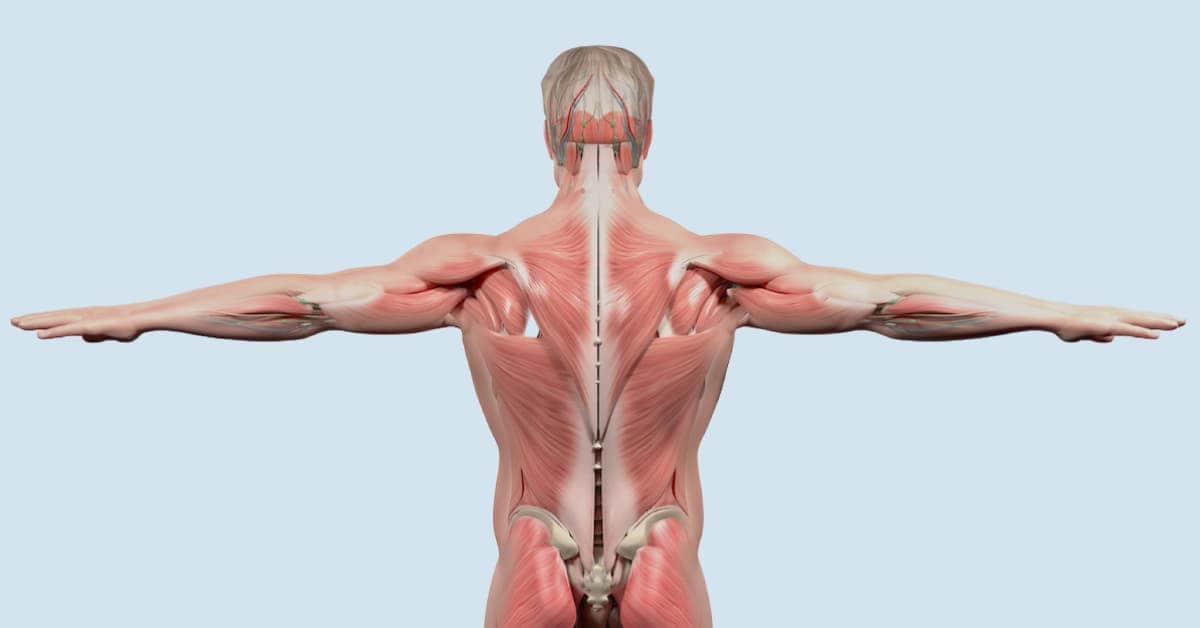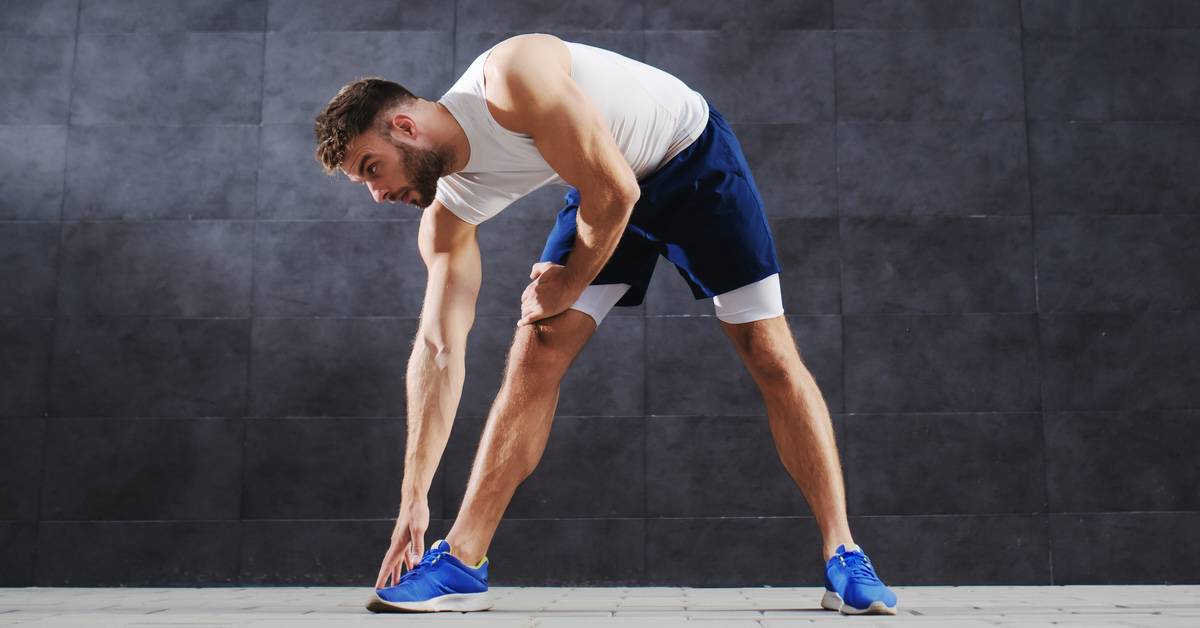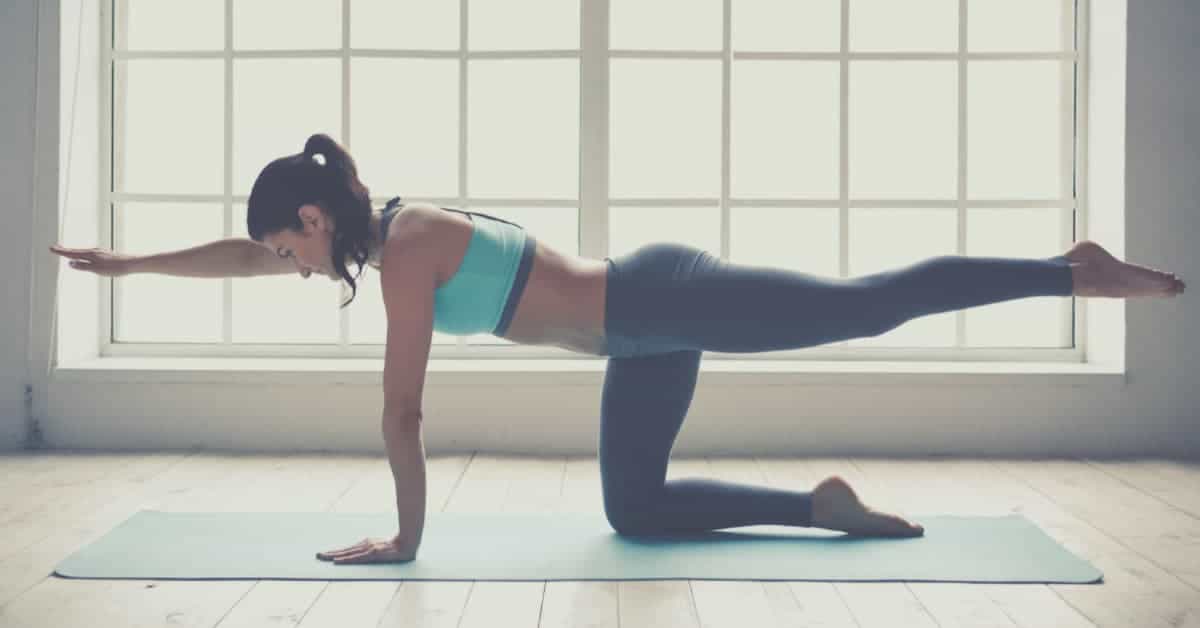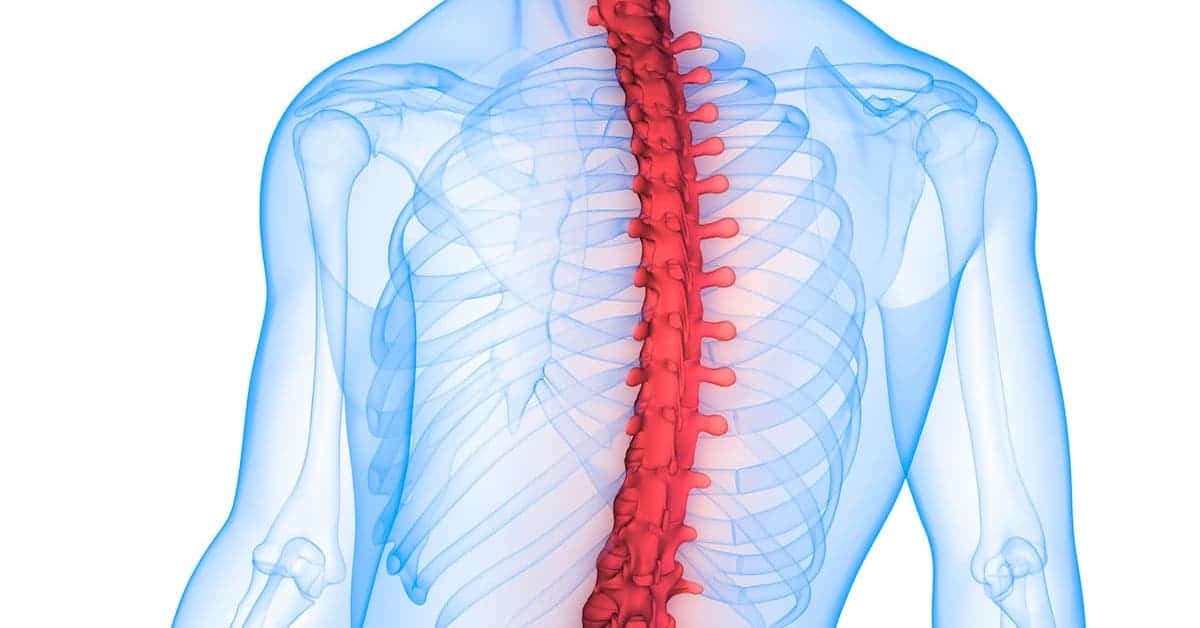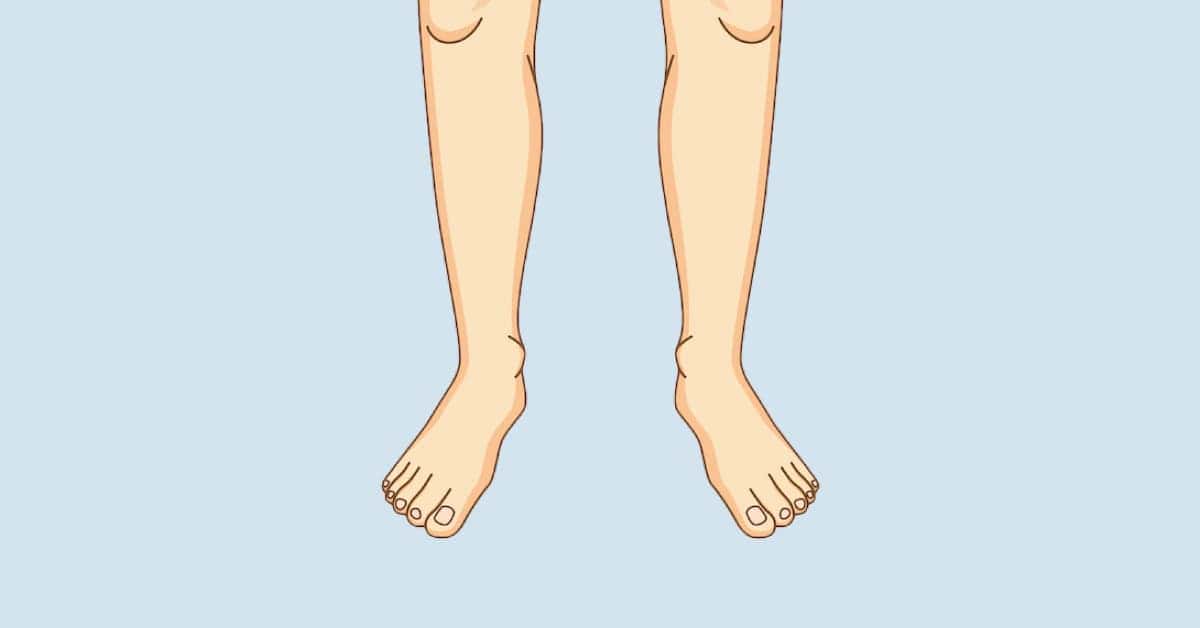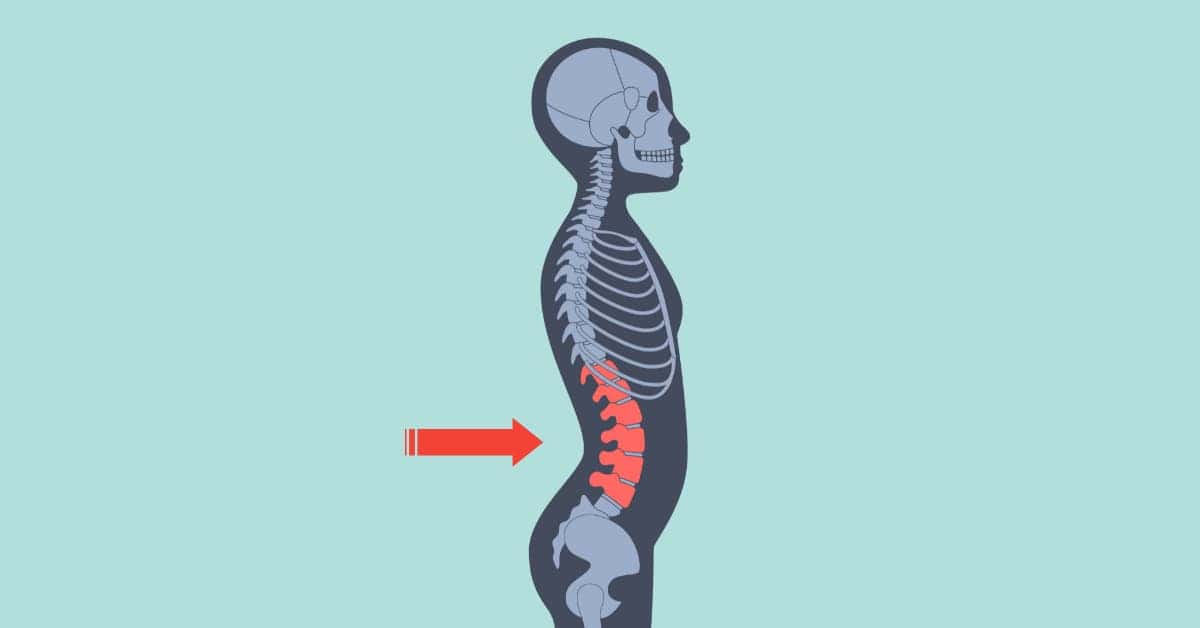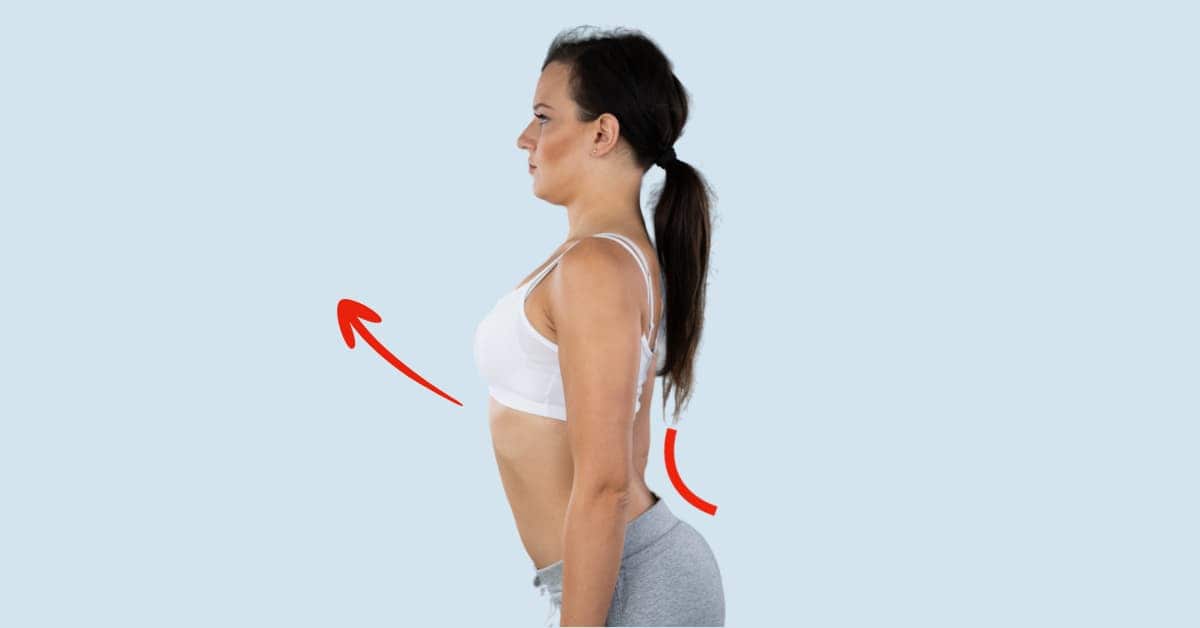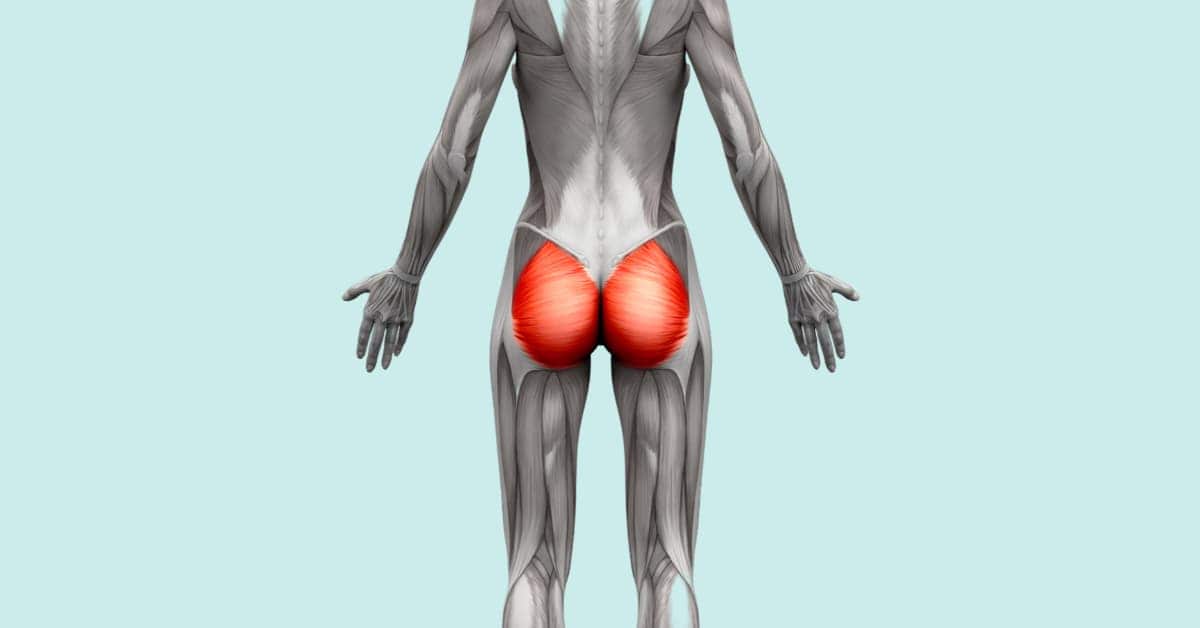Uneven shoulders are a common postural issue in which one shoulder is higher or lower than the other, causing an asymmetrical appearance. If left unaddressed, this imbalance can lead to discomfort, pain, and long-term problems. Thankfully, there are practical ways to identify and fix uneven shoulders.
In this article, we’ll guide you through the potential causes, how to assess your shoulders, and provide targeted massage techniques, stretches, and lifestyle tips to help you restore balance and symmetry to your shoulders.
I. Identifying the Cause of Uneven Shoulders
A. Asymmetrical posture habits
Uneven shoulders can be caused by a combination of postural habits and lifestyle factors, leading to muscle imbalances in the upper body, specifically where you frequently hold one shoulder higher. For example, consistently carrying a heavy backpack on one shoulder can depress that shoulder while the other remains higher.

Another example is frequently holding a phone between your ear and shoulder, causing one shoulder to rise higher. Over time, these habits can cause your muscles to adapt and hold onto these imbalanced positions, making the issue even more pronounced.
B. Structural issues
In some cases, uneven shoulders may be caused by structural issues or past injuries within the body. These issues can include:
- Scoliosis: An abnormal curvature of the spine can cause one shoulder to appear higher than the other.
- Leg length discrepancy: A difference in leg lengths can lead to an uneven pelvis, which can subsequently affect shoulder alignment.
- Uneven hips: Hip imbalances can cause misalignment in the spine and shoulders, contributing to uneven shoulders.
- One pronated foot: If one foot is more pronated (flatter) than the other, it can create an imbalance in the hips and spine, resulting in uneven shoulders.
- Past injuries or nerve damage: Injuries or nerve damage can affect muscle function and alignment, leading to uneven shoulders.
If you suspect that your uneven shoulders are due to structural issues or past injuries, it is essential to consult a healthcare professional, such as a physical therapist, chiropractor, or orthopedic specialist. They can help determine the underlying cause and recommend appropriate treatment options.
II. Plan for Fixing Uneven Shoulders
In this section, we’ll provide a plan to help you address uneven shoulders by understanding muscle imbalances and their role in this condition.
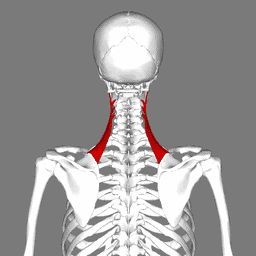
The higher shoulder typically has tight upper trapezius and levator scapulae muscles, which attach to the head and pull the shoulder up when they shorten due to tension.
Conversely, the latissimus dorsi muscle is tight on the lower shoulder side, pulling the shoulder down. Together these effects lead to one shoulder being elevated higher than the other.
To address these muscle imbalances, we’ll focus on massaging and stretching these specific muscles to lengthen them and restore balance.
III. Massaging Tight Muscles
Before we get started, remember to focus on massaging the tight side with the higher shoulder when working on the upper trapezius and levator scapulae muscles. You can massage both sides if you like, but more time should be spent on the tight muscles.
Upper trapezius massage
- Stand with your back against a wall, placing the massage ball between your upper back and the wall.
- Position the ball on the tight spots in your upper trapezius muscle.
- Apply pressure by leaning into the ball and make small movements to work the tight area.
- Spend more time on the tight side, focusing on any particularly tense spots.
Levator scapulae massage
- Place the massage ball between your upper back and the wall, positioning it on the tight spots along your levator scapulae muscle, which runs from your neck to your shoulder blade.
- Lean into the ball, applying pressure to the tight area.
- Gently move your head from side to side and up and down to work the muscle.
- Spend more time focusing on the tightest areas, which should be the side with the higher shoulder.
Lat massage
For this lat massage, you want to focus on foam rolling your lats on the side that has the lower shoulder.
- Lie on your side with a foam roller positioned under your armpit and your arm extended above your head.
- Slowly roll back and forth, applying pressure to your lat muscle.
- Spend more time on the tight side, focusing on any particularly tense spots.
IV. Stretching Tight Muscles
As you move on to stretching, remember again that you’ll want to spend more time focusing on the tight side, with the higher shoulder for the upper trapezius and levator scapulae stretches, and the lower side for the lat stretch.
Upper trapezius stretch
- Sit or stand with your back straight and shoulders relaxed.
- Lower your right ear toward your right shoulder.
- Use your right hand to gently pull your head down, deepening the stretch.
- Hold the stretch for at least 30 seconds, then switch to the other side.
- Spend more time on the tight side.
Levator scapulae stretch
- Sit or stand with your back straight and shoulders relaxed.
- Turn your head to the left, looking down toward your left armpit.
- Use your left hand to gently pull your head down, deepening the stretch.
- Hold the stretch for at least 30 seconds, then switch to the other side if needed.
Lat stretch
- Stand with your feet shoulder-width apart and your arms raised overhead.
- Hold your right wrist with your left hand.
- Gently bend to the left, feeling the stretch in your right lat muscle, which runs along the side of your back.
- Hold the stretch for at least 30 seconds, then switch to the other side if needed.
Tips for Success and Maintaining Progress
- Focus on the tighter side: Spend more time stretching the muscles on the higher shoulder side, while still working on the lats on the lower side. This will help to balance out the muscle tightness and improve your overall posture.
- Address lifestyle factors: Be mindful of your daily habits and posture. Avoid carrying heavy bags on one shoulder, holding your phone between your ear and shoulder, or slouching when sitting or standing. Make a conscious effort to stop putting your posture into positions where your shoulders become elevated.
- Stretch at your desk: If you have a desk job, take short breaks throughout the day to stretch your neck, shoulders, and back. This can help prevent muscle imbalances from developing or worsening.
- Check for uneven hips: If you don’t see improvements after following these tips, consider checking for a lateral pelvic tilt. Uneven shoulders could originate from uneven hips.
- Consult a professional: If you’re unsure about the cause of your uneven shoulders or need personalized guidance, consider consulting a physical therapist, chiropractor, or other qualified professional.
Moving Forward on the Path to Better Posture
By following the steps in this article, you’re on your way to improving your uneven shoulders and promoting better overall posture. With consistency, patience, and attention to your daily habits, you can make lasting changes that will benefit your health and reduce the risk of pain and discomfort.
Remember to consult a professional if you need additional guidance or have concerns about your progress.
